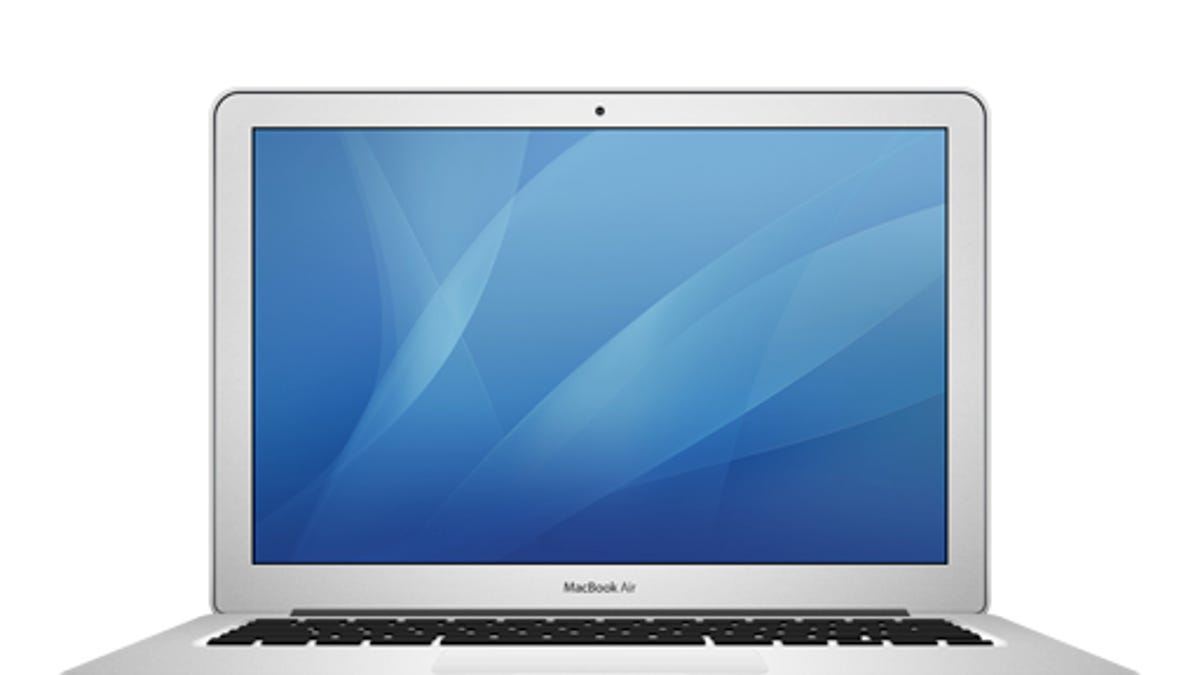MacBook Airs double-booting with Parallels and FileVault enabled
Apparently the use of FileVault 2 along with Parallels Desktop on some MacBook Air systems may cause the systems to show the log-in screen twice when cold-booting.

Cult of Mac is reporting on an issue with MacBook systems where users are experiencing a double-boot behavior when FileVault 2 is enabled. The systems will work just fine, but when shut down fully and restarted they may show a grey screen with the spinning indicator wheel for a minute or two, followed by the system rebooting and showing the log-in window again. Upon supplying credentials a second time, the systems will usually log in successfully, and the systems work fine thereafter.
This issue appears to be specific for MacBook Air systems, but may affect others as well. The issue also appears to revolve around both the use of FileVault 2 and the installation of Parallels Desktop virtualization software. On a forum posting at the Parallels support site, one user claims the problem disappears if Parallels Desktop is uninstalled.
The Parallels Desktop software does install a few kernel extensions for managing USB devices and networking interfaces, but these should only be used when the Parallels application is launched after the system is fully booted. Nevertheless, the system may load the extensions at startup to be ready for use, and there could be an issue with how they handle certain hardware configurations if FileVault 2 is enabled.
While this problem may require an update from Parallels in order to fix, you may be able to address it by performing some general maintenance routines on your system. Boot to Safe Mode by holding Shift at startup, and then use a maintenance utility for Lion (OnyX Lion edition, or Lion Cache Cleaner are examples) and remove the boot, kernel, and extensions caches on the system. Then restart the system to have the caches be rebuilt, and see if the problem persists.
One possibility is that this issue may merely be a break in the system passing user credentials from the FileVault log-in screen to the system log-in screen. When FileVault is enabled, user credentials are stored on the Lion recovery partition and the initial log-in screen is loaded from this partition before the drive is decrypted. User credentials are used to unlock the drive, and then are passed to the system's normal log-in window after the system loads; however, if a problem prevents credentials from being passed to the normal log-in window, then the system will present it for you to supply your username and password again.
With this setup, if for some reason the activation of the Parallels kernel extensions is causing the user's credentials to not be accepted by the log-in window, then the system will merely ask for the credentials again. Nevertheless, some people with this problem are describing it as a full restart after the initial credentials are supplied, indicating the issue may in fact be a crash during the boot process.
Overall, while inconvenient, the issue here does eventually let affected users log in, and so far only appears to affect one Mac model (my 2009 MacBook Pro running Parallels 7 boots just fine with FileVault 2 enabled). Beside keeping a regular backup of your system to protect against potential data loss that can occur from crashes, there are several option you can try that may help this situation:
Turn off FileVault
One component of this issue is the enabling of FileVault 2, so one option is to disable this feature until the incompatibility can be addressed. This can be done in the FileVault section of the "Security & Privacy" system preferences. While my guess is this problem is not rooted in FileVault 2, there are alternatives such as TrueCrypt or the use of encrypted disk images for securing data, which work better with Parallels installations on the affected systems.Uninstall Parallels Desktop
The second component of this problem seems to be the presence of Parallels Desktop, so if you do not need the software then you can uninstall it to likely fix the problem.Minimize shutting down
The last option may be more practical for people, which is to minimize shutting down their systems. MacBook Air systems take very little battery power, especially when in sleep mode, so unless you need to fully shut down your system then try just putting it into sleep mode instead.
Questions? Comments? Have a fix? Post them below or e-mail us!
Be sure to check us out on Twitter and the CNET Mac forums.

